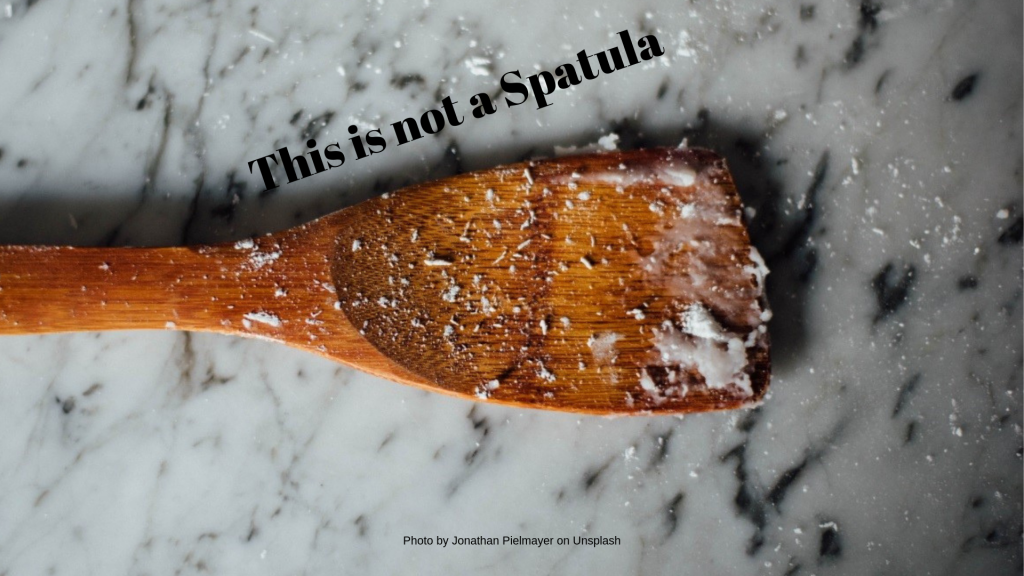| Last blog looked at the growing use of Applied Improv, described as the adaptation of Improv theater principles and practices to a wide-ranging and expanding variety of non-theatrical situations. I call Applied Improv the “Type O” of skillsets because of its universal usefulness. The evidence for its range comes from my Google Alert which is set for “improv.” Each day brings new examples of the effectiveness of Applied Improv. For example, one day, furloughed workers are taking Improv to cope during the shutdown. Then another day, it’s Improv’s role in a business leadership class. I read how teens on the autism spectrum use it to learn communication skills and why caregivers are encouraged to use it with dementia patients. It’s certainly eye-opening to see how a simple set of games has been rebranded as the Swiss Army Knife of life-skills curricula. (Yes, I’m hooked on metaphors). How can something so ephemeral be so functional in such disparate arenas? What’s the common denominator that makes Applied Improv relevant for everyone? Can something be a jack-of-all-trades AND master of them too? (Yes, I like mixed-metaphors). Practicing Spontaneity Improv groups meet regularly to rehearse. Not to collect the best endings to the games for future use, but to practice playing the games without ever needing to know the ending. By becoming comfortable with not knowing, the improviser changes the way they show up in the game. They learn how to act on things they can control and let go of things they can’t. This practice, carried out of the improv class or rehearsal, changes the way they show up in the world. In a very real way, improv practice trains us to treat life as if it were an improv rehearsal. The PAT Equation- Taking Improv Skills into the Real World. Three transferable qualities improvisers develop are presence, acceptance and trust (PAT). Success in Improv requires the ability to stay in the “now,” (P), deal with what you get rather than what you want (A), and rely on a process you don’t have control over (T). Substitute the word “life” for “Improv” in the previous sentence and you have the answer to “how can Applied Improv be useful for so many different purposes?” More on the development of presence, acceptance and trust next time. |
Game to Play

This is NOT a…..(Spatula)
Objective: To develop flexible thinking by listing as many uses, real or imagined, as possible for an ordinary object.
Process: Pick an object at random and find possible uses for other than its primary function.
Players: 1-5
Time Needed: 5 minutes to several days.
Directions: After choosing an object, hold it and say, “This is not a (whatever it really is). This is a …..(give it a different function). Use the spatula picture below as a practice round, “This is not a spatula, it’s a stake to hold up small plants in my garden.” Pass the item to the next player or add another yourself. “This is a cat-scarer to keep him off my couch.”
Focus Point: Notice, then let go of judgement, evaluation, or looking for best answer.
Hint: 1. Change your perspective on the item when stuck. Turn it around or get up and move away and look at it from afar. See it from the POV of a child, space traveler, etc.
Hint 2. Use sensory prompts to see new possibilities. What does it look, sound, taste, smell or feel like?
Variations: Add movement to your description. Make believe you are using it for the purpose you describe. Ex: If the spatula is now a microphone, hold it and sing into it when defining it.

